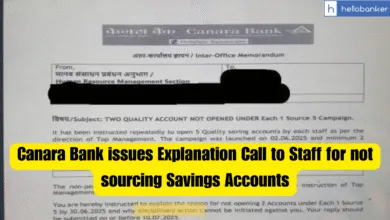India’s Tea Exports Reach 10-Year High Despite Global Challenges

| ➡️ Get instant news updates on Whatsapp. Click here to join our Whatsapp Group. |
India’s tea exports hit a 10-year high, reaching 255 million kg in 2024, despite challenges in the global market due to geopolitical tensions. According to the Tea Board of India, exports saw a 10% increase from the 231.69 million kg recorded in 2023.
Higher Prices Bring Relief to Tea Industry
The average price of Indian tea in the export market also rose by 10%, providing much-needed relief to the industry, which had suffered from adverse weather conditions in 2023.
Increased Demand from Iraq and West Asia
One of the key drivers of this growth was a sharp increase in shipments to Iraq, which accounted for 20% of total tea exports. Merchants expect exports to Iraq to reach 40-50 million kg this fiscal year. Additionally, Indian tea exporters successfully retained their market share in West Asia, where they had expanded when Sri Lanka’s tea production declined.
India’s Key Export Markets
India exports tea to more than 25 countries, with major markets including:
- United Arab Emirates (UAE)
- Iraq
- Iran
- Russia
- United States (US)
- United Kingdom (UK)
India Among the Top Five Global Tea Exporters
India remains one of the top five tea exporters in the world, contributing around 10% of global tea exports. Some of the most sought-after Indian teas include Assam, Darjeeling, and Nilgiri, known for their premium quality.
Types of Tea Exported from India
The majority of Indian tea exports (about 96%) consist of black tea. Other varieties exported include:
- Green Tea
- Herbal Tea
- Masala Tea
- Lemon Tea
Tea Production in India: Key Regions
India’s major tea-producing regions are:
- Assam: Assam Valley and Cachar
- West Bengal: Darjeeling, Dooars, and Terai
- Southern India: Tamil Nadu, Kerala, and Karnataka (producing about 17% of total output)
Government Support for Small Tea Growers
Small tea growers (STGs) now contribute nearly 52% of total tea production, with 2.3 lakh small tea growers involved in the supply chain. The Tea Board of India has introduced various measures to support them, including:
- Formation of 352 Self-Help Groups (SHGs)
- Establishment of 440 Farmer Producer Organizations (FPOs)
- Creation of 17 Farmer Producer Companies (FPCs)
- Providing pruning machines and mechanical harvesters
- Promoting mini tea factories to encourage entrepreneurship
Employment in the Indian Tea Industry
The tea industry is a major source of employment, directly employing 1.16 million workers, with an equal number of people involved indirectly.
With government initiatives and growing international demand, India’s tea industry is expected to continue its strong growth in the coming years.
